General description
Human IgG consists of four subclasses (1-4) that can be recognized by antigenic differences in their heavy chains. They constitute approximately 65, 30, 5 and 4% of the total IgG, respectively. Each subclass has different biological and physicochemical properties. The IgG subclass may be preferentially produced in response to different antigens and pathological conditions. For instance, anti-polysaccharide responses are mainly of the IgG2 subclass while protein antigens give rise to IgG1 and IgG3 antibodies.
Monoclonal Anti-Human IgG3 (mouse IgG1 isotype) is derived from the hybridoma produced by the fusion of mouse myeloma cells and splenocytes from an immunized mouse.
Specificity
Monoclonal Anti-Human IgG3 (I7260) is specific for the IgG3 subclass and does no react with IgG1, IgG2, and IgG4 in an ELISA. The IUIS/WHO12 study singled out this monoclonal antibody as one of the most widely applicable IgG3 specific monoclonal antibodies.
The antibody is specific for human IgG3 and is non-reactive with other IgG subclasses. This clone has been recommended by the IUIS/WHO study for its specificity and reactivity in a wide range of assay protocols and techniques.
Immunogen
Human IgG3
Purified human IgG3 myeloma proteins covalently coupled to poly aminostyrene (PAS) microbeads were used as the immunogen.
Application
Anti-Human IgG3 may be used for the identification of the IgG3 subclass by various immunoassays including enzyme-linked immunosorbent assay (ELISA), imprint immunofixation (IIF), immunofluorometric assay (IFMA), hemagglutination (HA), hemagglutination inhibition (HAI), particle counting immunoassay (PACIA), and detection of cytoplasmic IgG.
Biochem/physiol Actions
IgG3 exhibits protective action against wide range of intracellular bacteria, parasites and viruses. IgG3 antibodies potentially mediate various functions including, enhanced antibody-dependent cellular cytotoxicity (ADCC), opsonophagocytosis, complement activation and neutralization, compared with other IgG subclasses. Examination of the distribution pattern of IgG subclasses in different types of diseases may provide insight into the immunological processes involved and may assist in the diagnosis of various disorders.
Physical form
The product is provided as ascites fluid with 15 mM sodium azide as a preservative.
Storage and Stability
For continuous use, store at 2-8 °C for up to one month. For extended storage, the solution may be frozen in working aliquots. Repeated freezing and thawing is not recommended. Storage in "frost-free" freezers is not recommended. If slight turbidity occurs upon prolonged storage, clarify the solution by centrifugation before use.
Disclaimer
Unless otherwise stated in our catalog or other company documentation accompanying the product(s), our products are intended for research use only and are not to be used for any other purpose, which includes but is not limited to, unauthorized commercial uses, in vitro diagnostic uses, ex vivo or in vivo therapeutic uses or any type of consumption or application to humans or animals.
Shipping Information:
Dry Ice Surcharge & Ice Pack Shipments: $40
More Information: https://cenmed.com/shipping-returns
- UPC:
- 41181506
- Condition:
- New
- Availability:
- 3-5 Days
- Weight:
- 1.00 Ounces
- HazmatClass:
- No
- MPN:
- I7260-.2ML
- Temperature Control Device:
- Yes












